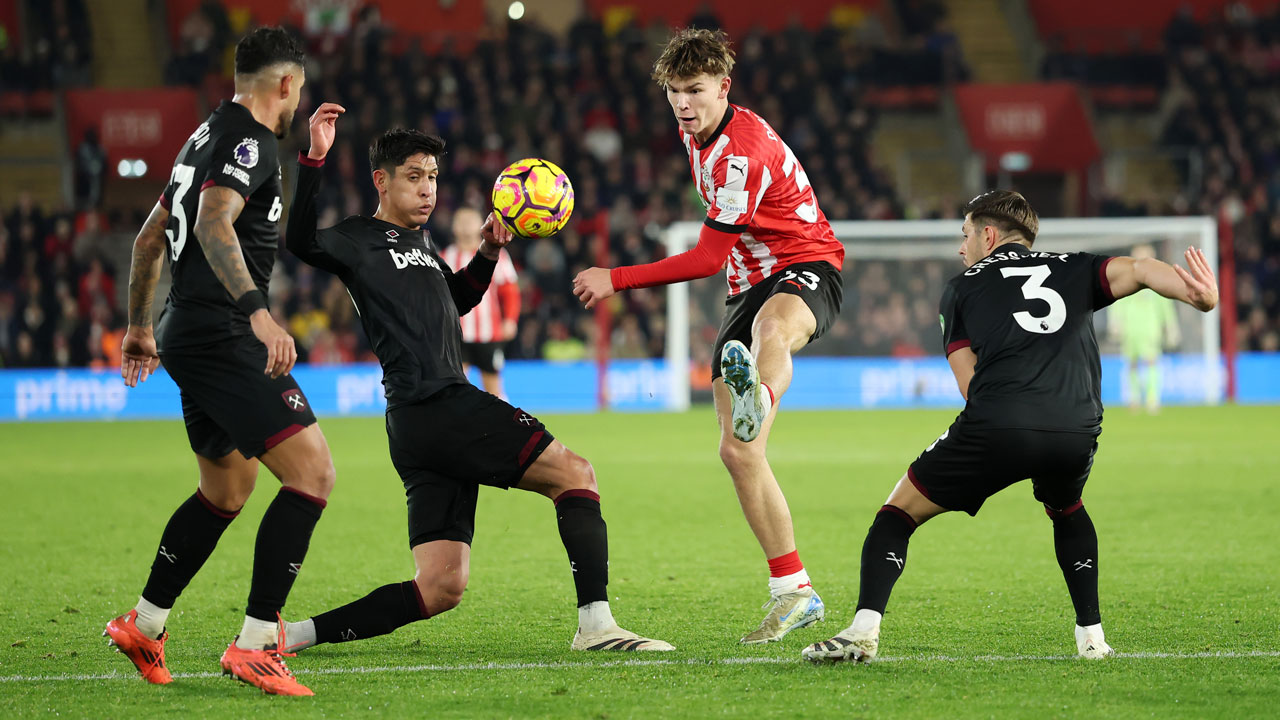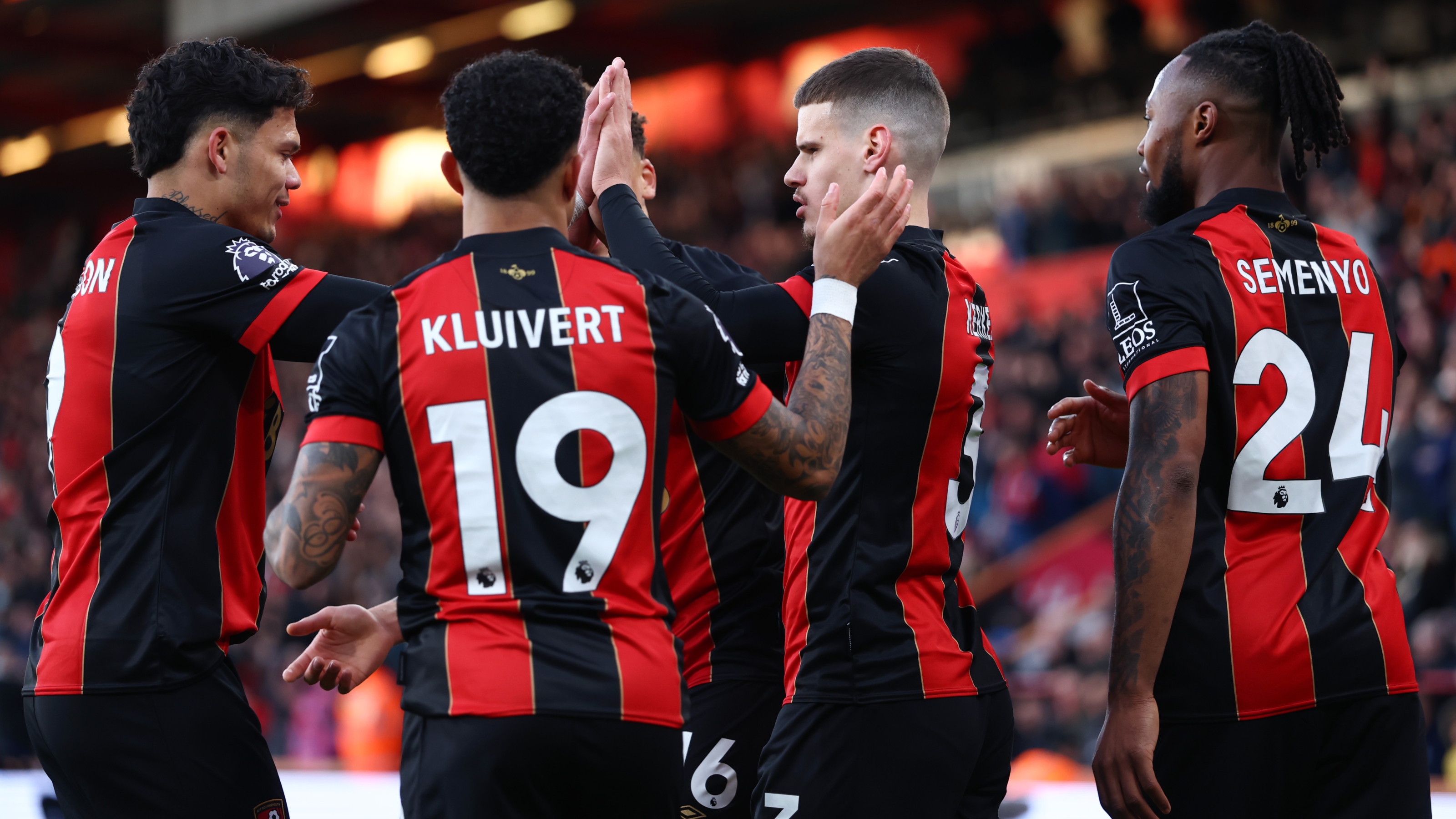Formed by Hammers supporters Jack Elderton and Callum Goodall to offer their fellow fans in-depth but accessible analysis of their team and its players, Analytics United use performance analysis and data to examine how Liam Manning’s Bristol City might approach Sunday’s Emirates FA Cup third-round tie...
Liam Manning was appointed Bristol City manager just a few short months ago but the former West Ham United U23s coach has already got his side playing a changed style and has guided the Robins to ten points from their last five games after a rough start.
While there has been little change in most of Bristol City’s underlying attacking metrics following Nigel Pearson’s sacking – their average xG recorded from an almost identical number of shots per match has fallen very slightly from 1.34 to 1.3 – the approach has shifted more notably. Where Pearson opted for a more direct style, and Bristol City still top the charts in the Championship for total number of long balls played at the time of writing, Manning has moved to a more patient approach in possession. Under his guidance, Bristol City’s average passes per possession figure has increased from 3.79 to 4.54 and their percentage of long balls played has decreased from 14.79% to 10.6% – a drop significant enough to take them from the Championship’s third most direct side to the middle of the pack in eleventh.

Bristol City are also one of the meanest defensive teams in the Championship with just 28 goals conceded, joint-fourth fewest alongside Play-Off-spot chasers Sunderland and Coventry City, but David Moyes might look at the fact that they have the lowest aerial duel success rate in the division (39%) and think he sees a chink in the armour that his side is more than capable of exploiting. Conversely, the Robins have only conceded two headed goals this season – they’ve managed to do an impressive job at covering a clear weakness in the squad so far.
It was immediately noticeable when preparing to write this piece that Manning has incorporated in-possession ideas that we regularly see at the top end of the Premier League. In a recent 0-0 draw with Birmingham City at St. Andrew’s, Bristol City utilised a hybrid shape capable of transforming from a 4-4-2 defensively to a 3-2-5 in build-up and, at times, a 2-3-5 when arriving in the final third. This was helped by the Robins’ profiles at full-back where Cameron Pring (pictured, above) is more adept in the final third and therefore advanced to take-up the left-wing position in possession, while George Tanner is more defensively minded and thus moved inside to formulate that back three in build-up. Still, these roles were reversed against Millwall a week later which shows the flexibility expected from the full-backs in Manning’s team.
Their ability to play out from a 3-2-5 shape could present some issues for Moyes’ side as the Hammers have typically struggled against teams that look to overload central areas by making use of box midfield shapes in possession.

Though Brighton failed to score on Tuesday night, the Seagulls were able to engineer several situations where they could make use of the extra man in the middle and exploit Tomáš Souček’s advanced positioning when the Czech midfielder stepped out to support the press. Aston Villa did similar earlier in the season when Nicolo Zaniolo was repeatedly accessed in the space behind James Ward-Prowse as the West Ham midfield desperately attempted to cover the four points of Unai Emery’s box midfield with the three-man midfield found in a 4-2-3-1.
One thing that Moyes’ side would be wise to do today is to attempt to shut down the positive influence that former Derby County midfielder Jason Knight (pictured, above) has on the Robins. Whilst Anis Mehmeti might be a more direct threat and fellow central midfielder Joe Williams might be more of a progressive passing engine, Knight – who was rumoured to be a top target for West Ham back in 2021 – is capable at both elements of the game and progresses play well through his passing and carrying whilst also being entirely comfortable picking up spaces between the lines and receiving those passes himself. The Republic of Ireland international is a top player and certainly one to keep an eye on in today’s game.
Manning might prove to be one that got away from West Ham; he reportedly rejected the chance to step-up internally, after helping Declan Rice transition from the U23s to Slaven Bilić’s first team, to take the role of Director of Coaching at New York City FC and has since gone on to produce impressive results with Lommel SK, MK Dons (in his first season), and Oxford City before these promising early signs with Bristol City. This is a good opportunity for him to prove to his former employers just how much he has developed in the four years since he left and a talented Robins squad should be no impediment to that.
*The views and opinions expressed in this article are those of Analytics United and do not necessarily reflect the views opinions of West Ham United.




